
BIRD TALES
Late summer is generally slow here in Connecticut in terms of bird photography. One exception, however, would be the sunflower fields and the abundant goldfinches that feed on them. I stood for 30 minutes or more waiting for this little guy to land on the flower.
Larry Akers LEDYARD, CONNECTICUT
Bells Bend Park in Nashville, Tennessee, has bountiful opportunities for viewing wildlife. While on an early morning summer walk, I observed some incredible bird activity. A male blue grosbeak with an insect let out repeated metallic calls, alarming his neighbors. An orchard oriole pair came to investigate the disturbance. Just as the three birds landed on the same stalk, I captured this image with my Nikon D500 camera and a Sigma 150-600 mm lens. Being in the right place at the right time to witness this feather frenzy was truly a magical moment and one that I will always remember.
Mary Glynn Williamson NASHVILLE, TENNESSEE
Bu hikaye Birds & Blooms dergisinin August/September 2022 sayısından alınmıştır.
Start your 7-day Magzter GOLD free trial to access thousands of curated premium stories, and 9,000+ magazines and newspapers.
Already a subscriber ? Giriş Yap
Bu hikaye Birds & Blooms dergisinin August/September 2022 sayısından alınmıştır.
Start your 7-day Magzter GOLD free trial to access thousands of curated premium stories, and 9,000+ magazines and newspapers.
Already a subscriber? Giriş Yap

Basics of Hydroponics
Use these top tips and plant picks to have a successful soil-free garden
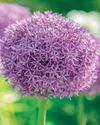
Rooted in Resilience
These hardy perennials will thrive in most zones
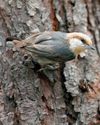
Social and Supportive
Brown-headed nuthatches take a helpful approach to raising their young

All About Owl Pellets
And why you should give a hoot about them
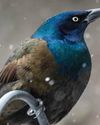
Ask the Experts
Advice from our pros about houseplants, bird feeding and more

BRING THE OUTDOORS IN
Making a terrarium is about as close as you can get to a Zen DIY project. Once you have gathered the proper materials and squared away your plant selections, it's as simple as layering it all together and watching your mini ecosystem thrive. Here, I'll walk you through my foolproof process and cover all the required elements for good filtration, healthy soil, strong root growth and resistance against fungus and disease.

GROW THIS. NOT THAT
Six easy-to-grow houseplants—and six that may not be the right choice for you
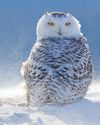
Winter MAGIC
Forecasts may be frigid, but grab your binoculars because birding opportunities are still incredible

Sense or Nonsense? - Why some birds can taste and smell - but others can't
Does a porcelain berry taste like a blueberry to a gray catbird? Does a block of lard smell like frying bacon to a northern flicker? The short answer is no. While some avian species do have a well-adapted sense of taste or smell, they can't distinguish between flavors and odors the way humans can. They're not picking up every ingredient in the suet you put out, says José Ramírez-Garofalo, an ornithology researcher at Rutgers University in New Jersey and the director of Freshkills Biological Station in Staten Island, New York.
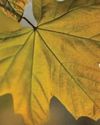
Maple Mania - Amazing facts about this fall foliage mainstay
Amazing facts about this fall foliage mainstay